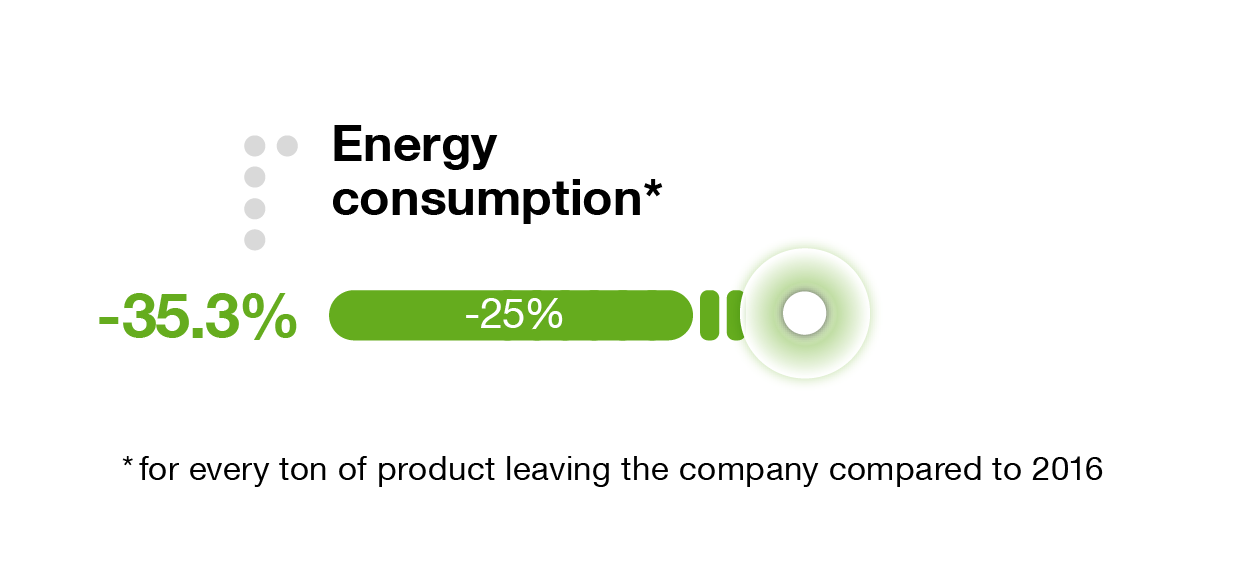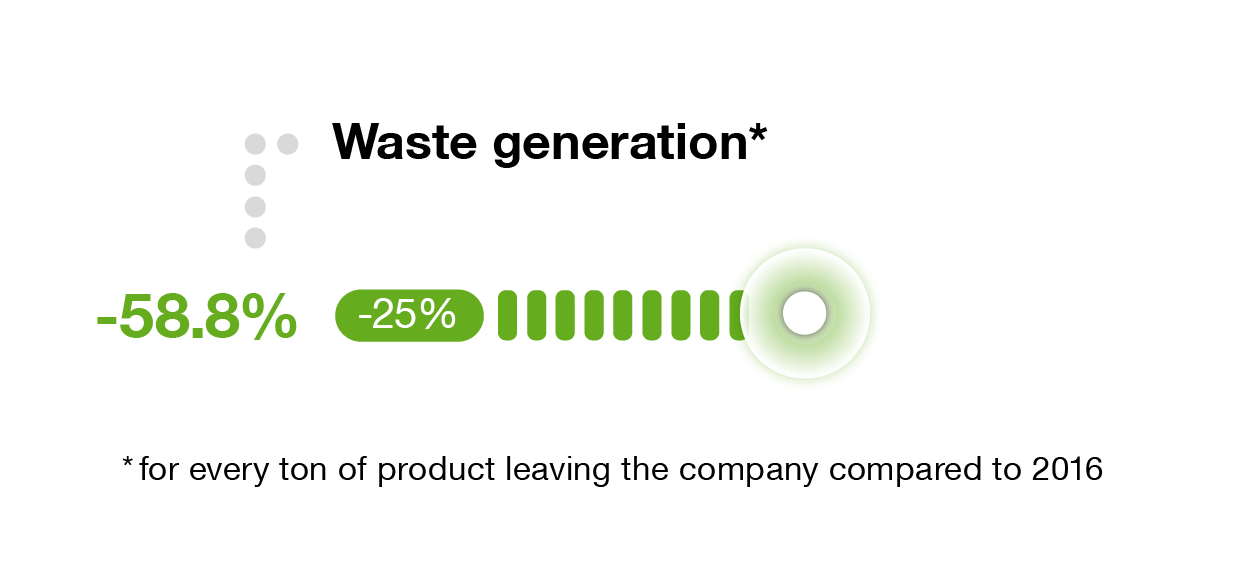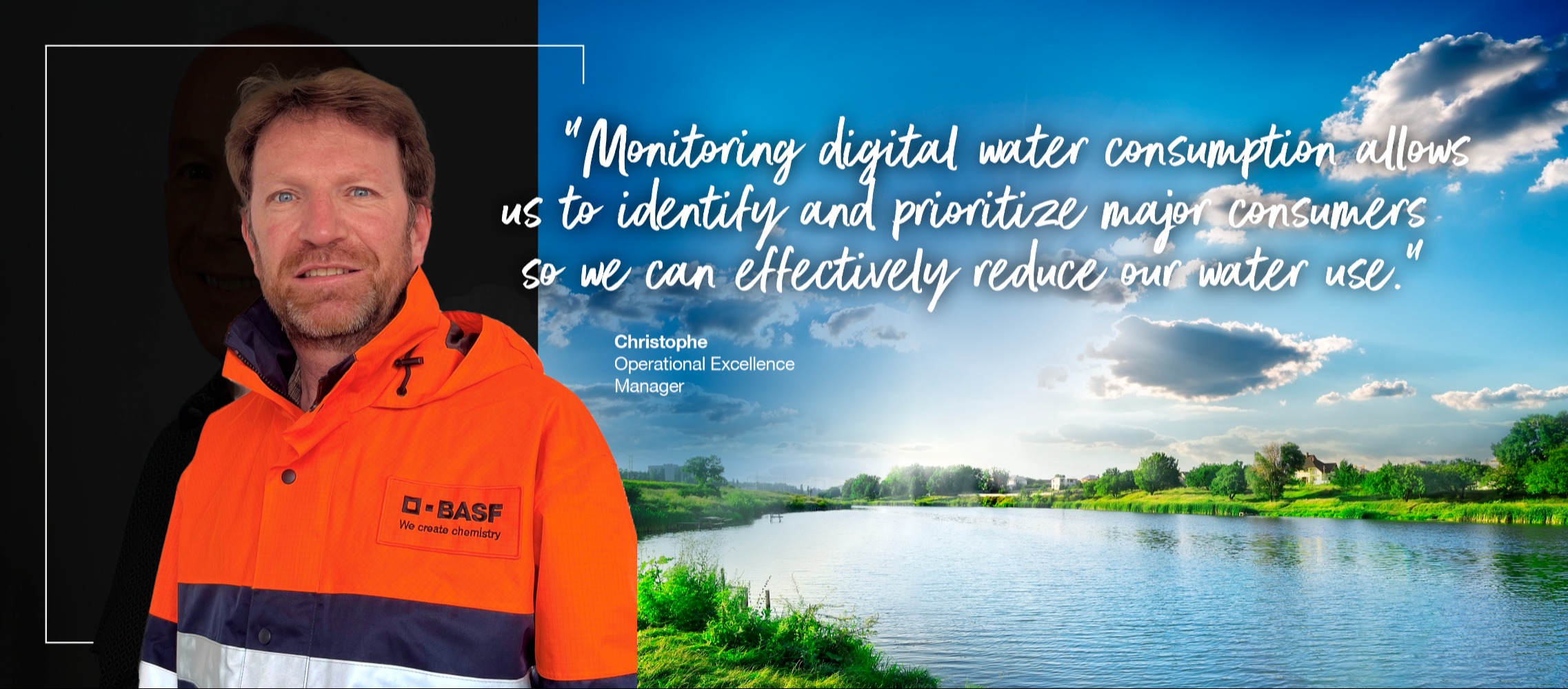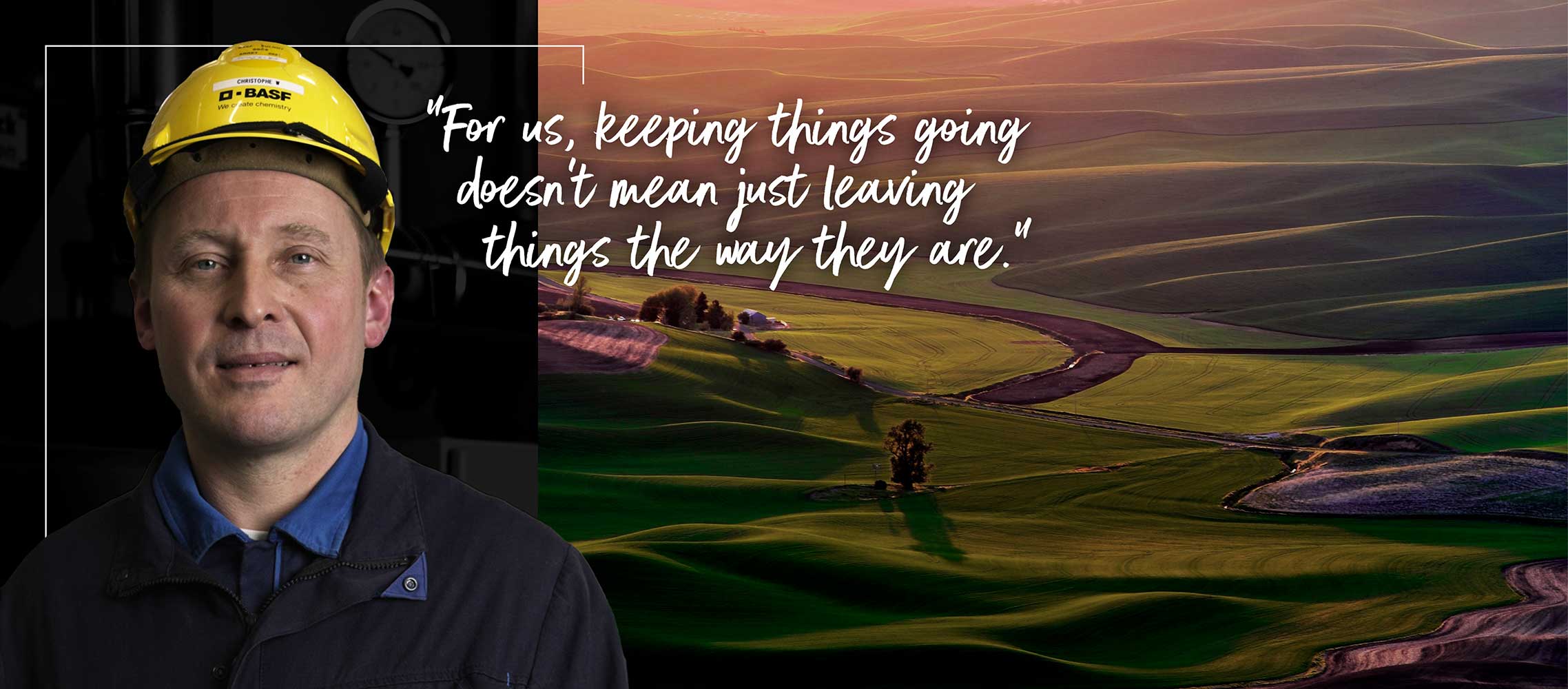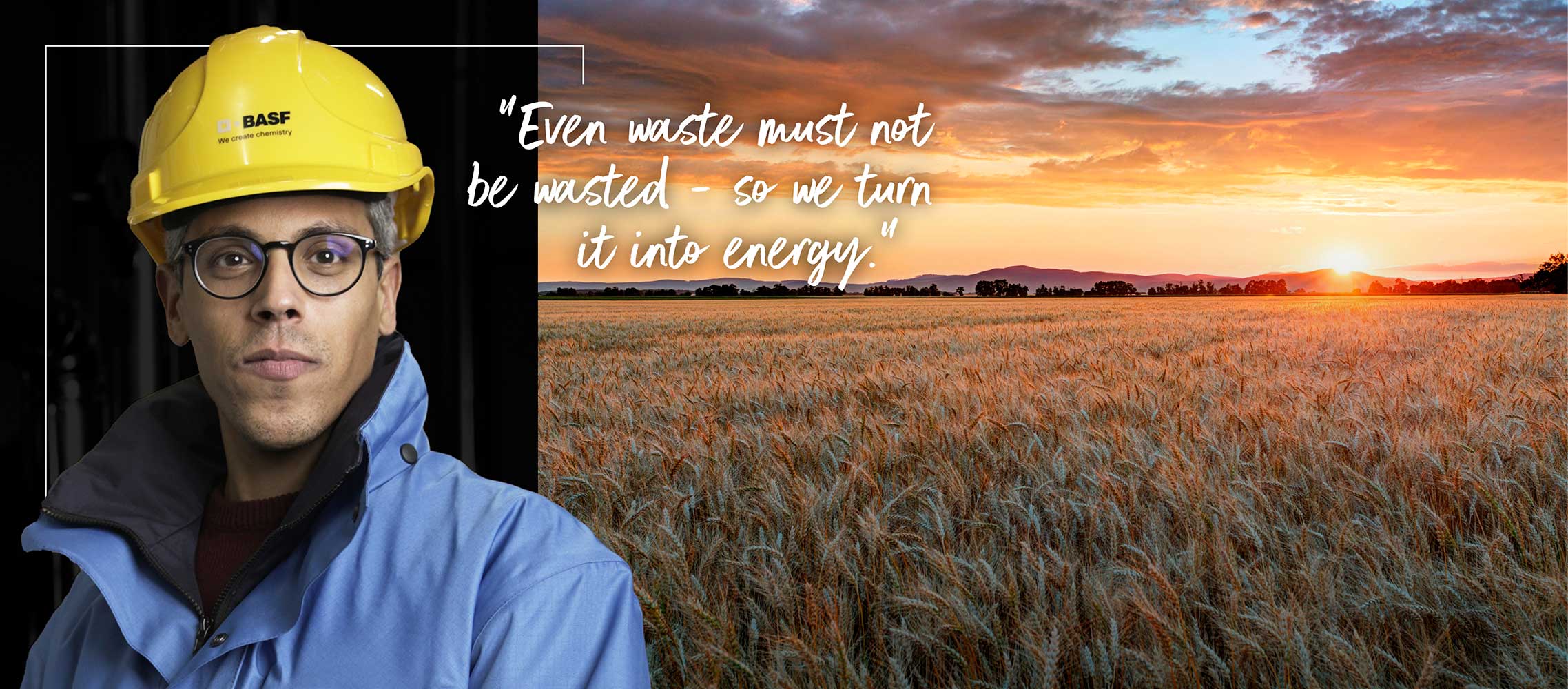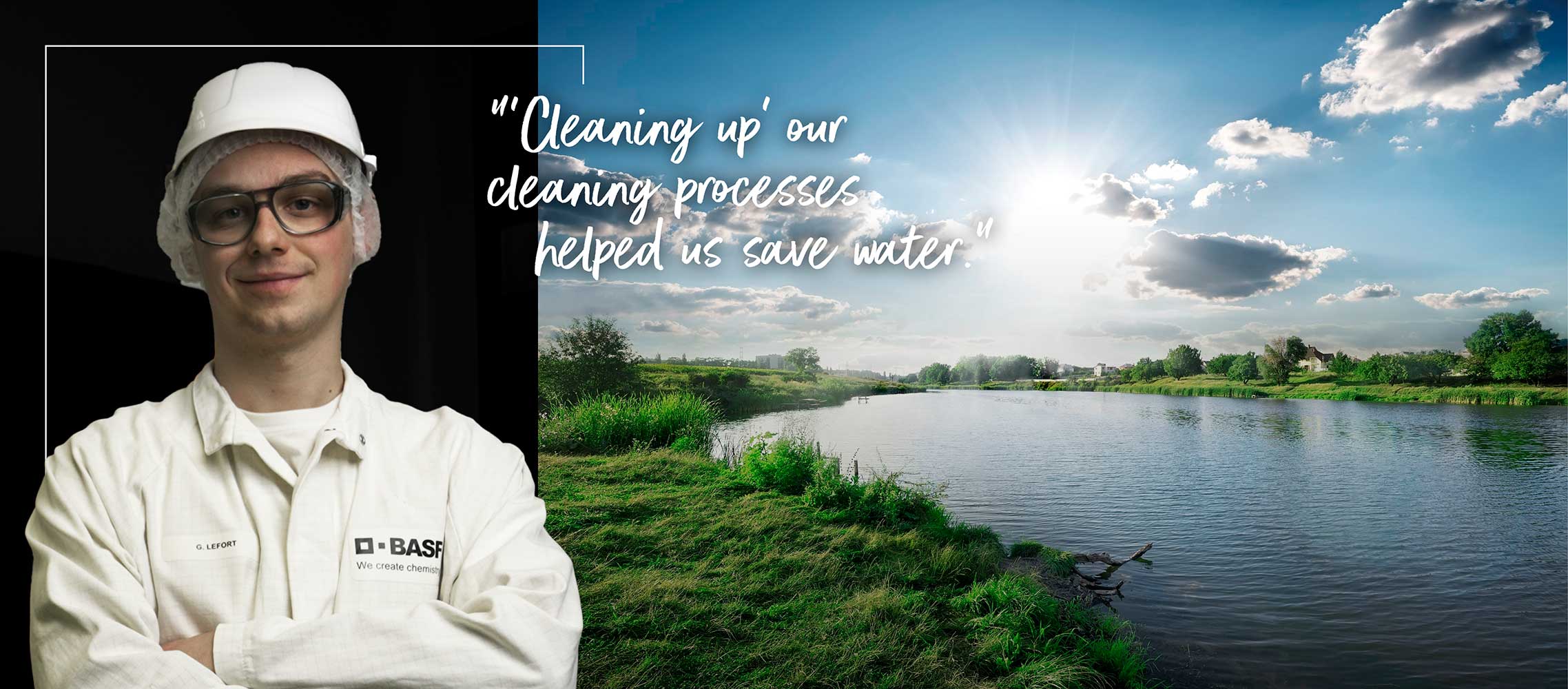Reducing our Climate Impact and Operational Footprint
As a positive contribution to climate change, we aim to reduce our carbon footprint in production and downstream transportation and to achieve carbon neutrality through an offset program. In addition to these measures, we are also working rigorously on reducing our environmental footprint concerning water, waste, and energy, as well as leveraging sustainable packaging.
Already Active for climate
Visit the bioactives team at our Pulnoy site and let Andreas introduce you to the third strategic pillar of our Responsibly Active program. Take a closer look at what we are doing to improve our environmental and carbon footprint as well as how we, as a team, are driving change with smart ideas and personal commitment.
Our key actions
For the implementation of our Responsibly Active sustainability program, we are focusing on the following key actions:
- Waste: Reduce raw material packaging; optimize waste valorization by finding the best treatment for the type of waste
- Transportation: Switch from air freight to sea freight transportation; optimize order and product consolidation; smart packaging
- Energy: Reduce consumption in production through investments/changes in process efficiency and building performance
- Renewable energy: Increase share and compensate non-avoidable emissions through certified carbon offsetting programs
Our achievements in 2024
We are committed to minimizing our environmental footprint. While we have already exceeded our 2025 targets for water, energy and waste reduction, the transition to recyclable packaging will take time and further effort.
Making waves in water conservation
We recognize that water is one of the world’s most precious resources and are committed to using it wisely. Through rigorous monitoring of water consumption, optimized cleaning processes and new vacuum pumps that run only when needed, we have already exceeded our 2025 water savings target by more than three times at our Pulnoy production site. And we keep looking for ways to improve even further.






